If you’ve been reading my weekly blogs, you know that over the last two weeks I’ve given you two steps to prevent aggressive behaviors in-the-moment, right before they start.
Without an effective process for preventing aggressive behaviors just before they happen you’ll always be stuck in reactive mode, putting out fires when it comes to challenging behaviors.
That’s why I created the complete 7-Step In-the-Moment Challenging Behavior Prevention Process.
However, trying to teach you the complete 7-Step process via email would be pretty ridiculous so over the course of these three weeks (this is the third week) I’m giving you 3 steps in the process.
Yep, I’m going to give you one more step and just these three steps alone can create a massive shift in your classroom.
Let’s review Steps 1 and 2…
Step 1: pick a time when you typically see aggressive behavior from one child and make sure you (or another staff member) is near the child.
Back to our example of Robert who pushes when your class is lining up at the door…
So you’ve done Step 1, you pre-negotiated with your co-teacher and positioned yourself by the door as children started lining up because you know Robert is on his way.
Step 2: say what you think the child wants or needs.
As Robert approaches you say, “Robert it seems like you’re ready to line up and I know you don’t like anyone to stand too close or touch you.” Step 2: done.
Now, here’s where the magic happens…
Remember, the mistake most preschool teachers make is using a strategy learned from coworkers like telling children who consistently are aggressive to “use your words”?
This strategy is pretty much ineffective with children who are consistently aggressive. (Like Robert during the transition to line up).
If you use the strategy of telling children to “use your words” you may end up feeling like nothing you do works, think that the child who is aggressive shouldn’t be in your class or program, or feel that you aren’t effective when it comes to challenging behavior.
Those days are gone, {first_name}! Because of Step 3.
Instead of telling Robert “use your words” we’re going to TEACH him to use his words.
Right here. Right now.
We’re not going to “talk to him” about what he did after he’s pushed. “I talked to him about it” after the fact is NOT an effective challenging behavior strategy. Nope.
Instead, you’re going to do what effective, ”Magic Touch Teachers” do and GIVE him words and TEACH him to use them. Here we go…
Step 3: Give the child alternate words or actions.
“Robert, tell Maria and Jaboc, ‘Don’t stand close to me.’”
OR “Robert, tell the kids,’I want to be first, please.’”
Now, I know it's not fair for Robert to always be first. Of course! So true.
Let’s talk about that next week. We’re not up to solving what to do about that yet.
For now just give him the words to express himself (and/or an action, if appropriate).
Sometimes just being by the child (step 1), stating what you think they want (step 2) and giving them words/actions to express themselves (step 3) changes everything.
Give it a try?
Let me know your questions - and feel free to share your skepticism - in the comments below.
ps - missed steps 1 and 2?
Learn about Step 1 here: transformchallengingbehavior.com/blog/prevent
Learn about Step 2 here: transformchallengingbehavior.com/blog/steps

